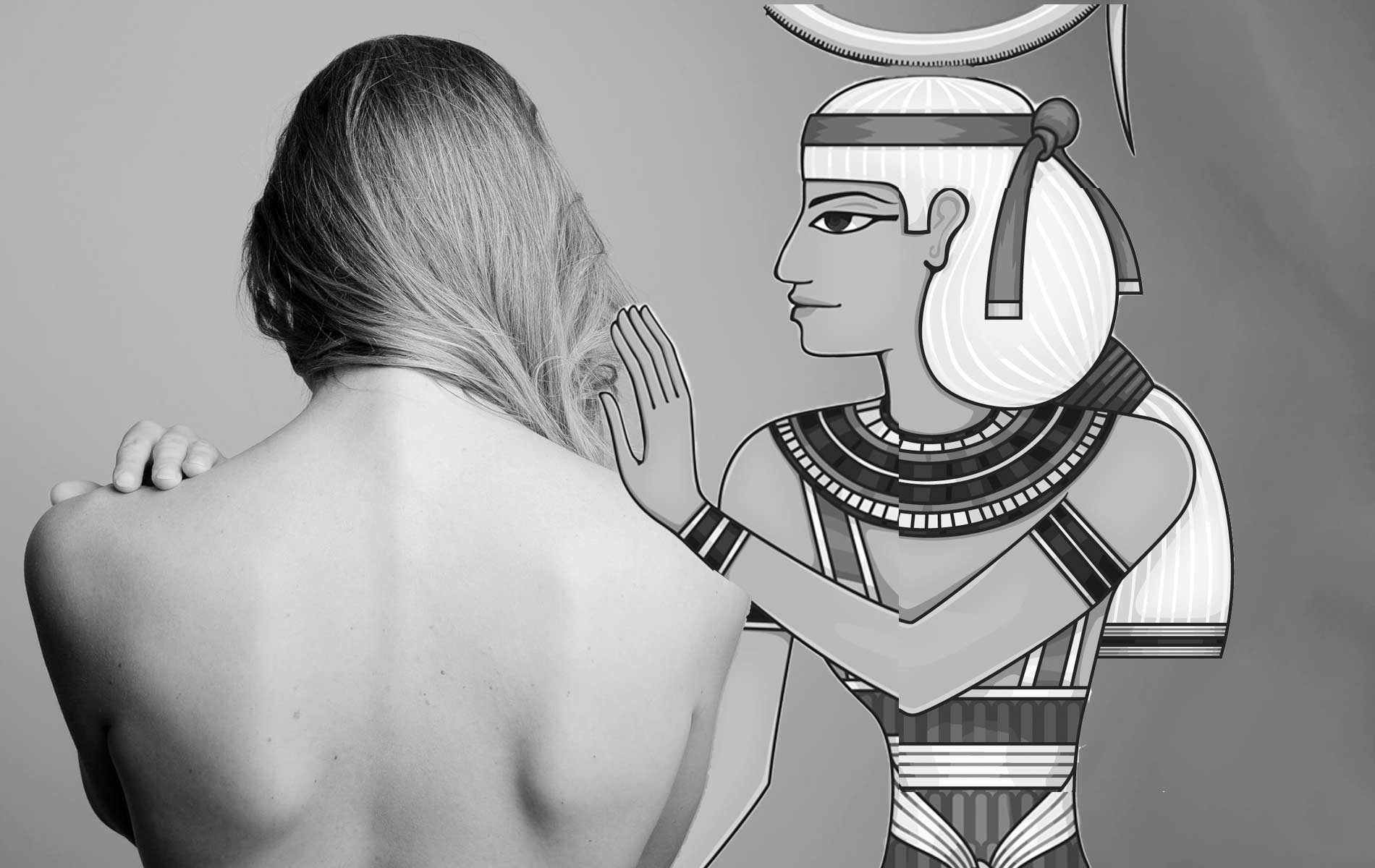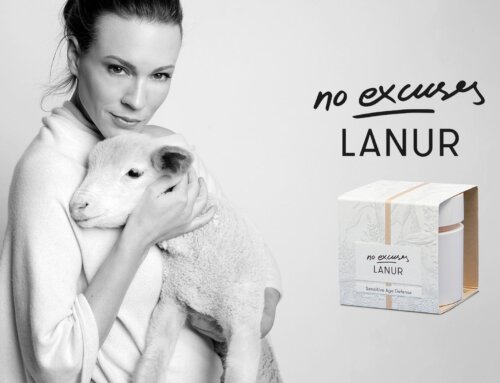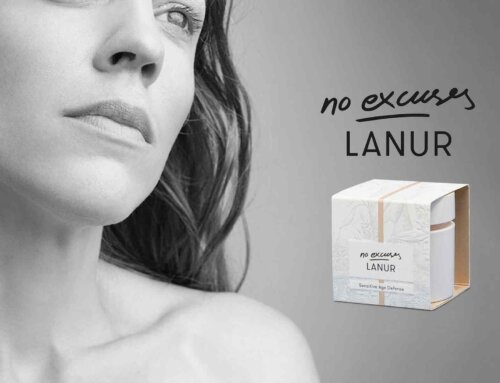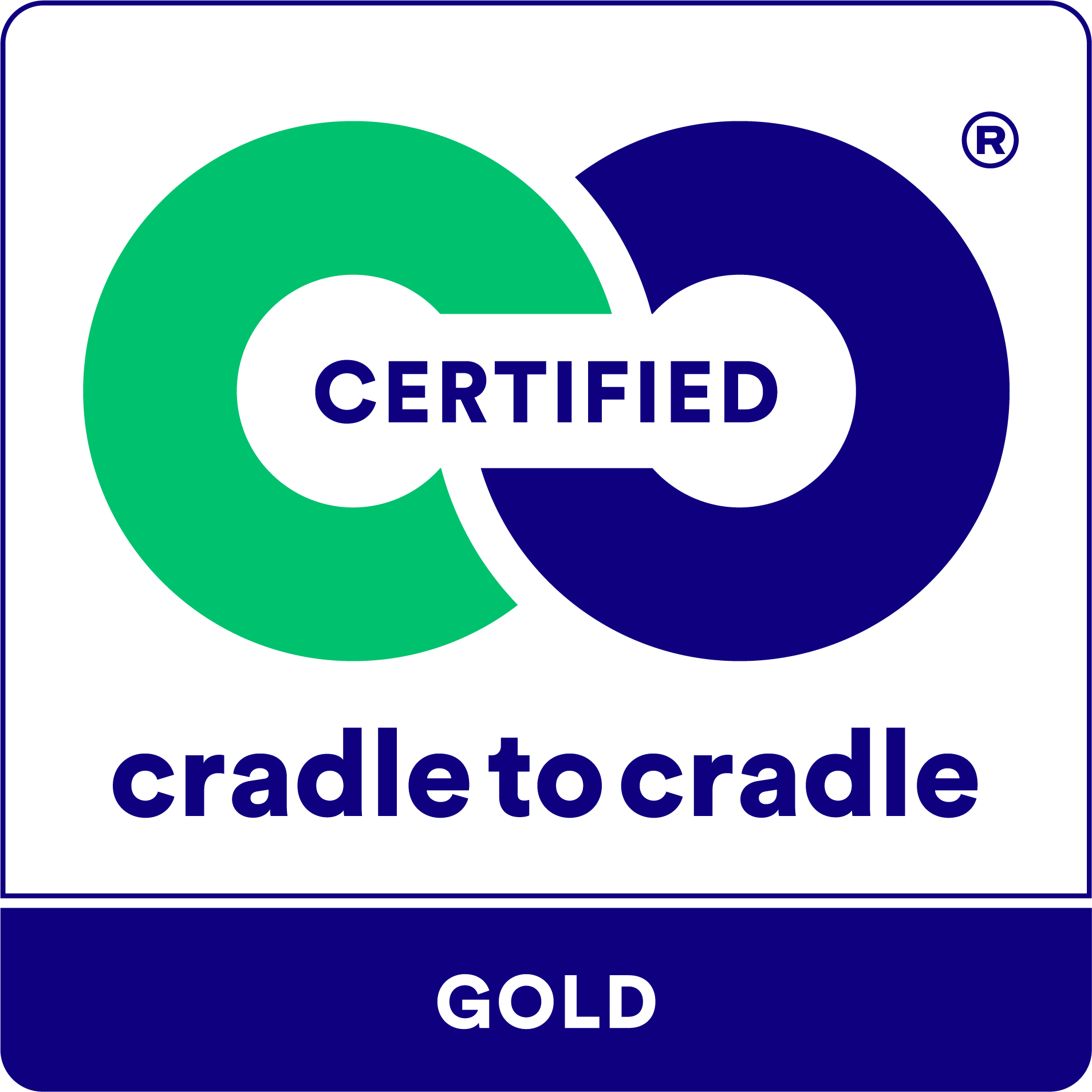The pursuit of beauty is as old as human history itself. It is inherent in man to emphasize the beautiful side and to strive for certain templates and to optimize what needs to be optimized. If the Romans, and especially Roman women, had known about cosmetic surgery, they probably would have undergone it.
Then, as now, beauty also stands for health and vice versa. This holistic approach has flared up again and again over the eras and is more relevant today than ever.
Ancient knowledge passed down
Not everything that was tried out has been passed down to the present day, or is still used, because there were big trends that did not deliver what they promised. However, lanolin, the wool grease that protects animals and skin from external influences, is still a popular basic and active ingredient in the cosmetics industry, for which there is no more efficient synthetic substitute in terms of skin protection. However, as with any natural raw material, it is important to prevent it from being contaminated by pesticides or other substances used in agriculture. Since the pristine raw material was used in ancient times, this elixir of care was probably able to last until modern times.
Healing wool is still used today for sore baby bottoms. It is wool, which still contains the nourishing secretion and therefore has the refatting, nourishing and wound healing effect.
The knowledge of skin care has been passed down to us from various cultures. Mostly the care rituals, but were reserved for the upper class. Even then, it took time and money, which not every class of the population possessed.
The bath of Cleopatra
It is known that Cleopatra one of the most beautiful women and beauty idol bathed in donkey milk for several eras. Also, according to traditions, the breathtakingly beautiful, Empress Poppaea Sabina (wife of Emperor Nero), was known to adopt this luxurious ritual and she usually used to travel with a herd of 500 donkeys.
If we break it down scientifically, probably not so many donkeys would have been needed and care would have been accessible to mere mortals. The ladies not only bathed in donkey milk, but their servants and attendants, added nourishing oils to the milk. Oil baths are still very popular today. But when we treat ourselves to a nourishing oil bath, the oil simply floats on the surface of the water and only comes into contact with the skin when we get out of or into the bath water. That’s where the knowledge of the Egyptian women comes in. If fat is mixed with oil, the molecules can combine with the water and an emulsion is formed. So if you mix oil with milk (fat), you can pull it through the water and you bathe in a nourishing emulsion. This allows the skin care oils to penetrate the skin during the bath.
Here is the recipe to feel like Cleopatra. It’s quite simple, and affordable. Of course, the quality of care always lies in the purity of raw materials and regularity of application:
Take your favorite oil. For example, we use Demeter certified apricot kernel oil in LANUR products because we attach great importance to the origin of the raw materials. Maybe they have a nice almond oil, or they just use olive oil. Mix two tablespoons of the oil with as much milk and mix both in a small cup. Pull the whole thing into their bath water and enjoy the time. After the bath, they only need to pat themselves dry, because the body is already creamed. Dry skin loves this ritual. If they have very oily skin, they may still want to shower off so the oil doesn’t linger on their skin.
We would generally not recommend the use of fragrance oils. Fragrances are a complex chemical subject and require special attention. In natural distillates, the concentration of allergens is usually very high.
Using modern natural science correctly
The circular economy has been discussed in recent years as a future-proof alternative to the traditional linear economy based on a take-make-waste model. In a circular economy, materials are used for as long as possible and waste is minimized. Lanolin is a perfect example of a material that can be used in a circular economy.
The key to making it work in today’s world is to find the raw materials in purity and potency as they were back then. Building on this, today we have been offered enormous opportunities through modern natural science. Of course, the natural sciences themselves are rooted in antiquity, but we have progressed enormously, mainly in the last century. In the accurate observation and copy of the processes of nature lies the power of a new sense of care that can be achieved today. We can stay in control of safety, etc., thanks to cutting-edge knowledge and the Cradle to Cradle Innovation Institute approach.
If, through science, we exclude effects that result in imbalance, we can use ancient knowledge to create very potent skin care products. Without thus falling into the natural concept. Circular beauty ensures that this balance is maintained and that products are safe for biological cycles. It is a consistent subset of the clean beauty movement.
The holistic approach in ancient Rome
Apart from the extreme outliers in the pursuit of beauty, a holistic approach was mostly cultivated in the ancient advanced civilizations. Body, mind and soul demanded attention, something we are only gradually allowing ourselves today. Physical exercise and extensive purification rituals were important components of the culture of the educated upper class in different eras. One knew to take the body seriously and also to allow oneself a measure of relaxation.
Regeneration is an important element here. High performance athletes, know this, but actually this realization belongs in every area of physical culture. What was still lived in ancient times was the circular approach. You can not only sow and harvest, the soil also needs rest to produce healthy fruit again.
Rest and balance are important elements that make up the basis of sustainable beauty care. The most wonderful creams are of no use if we don’t treat ourselves to them. And the time we spend on it and doing something good is never wasted. It pays into the account of our holistic well-being. Something that comes up short in our fast-paced times.
Experience our products with lanolin! You can find more information in our store.













